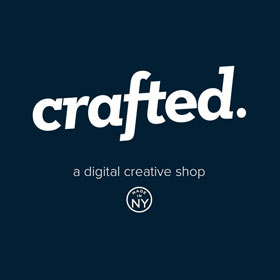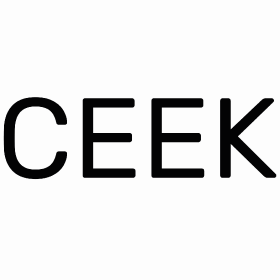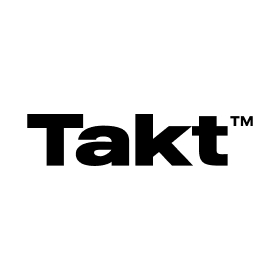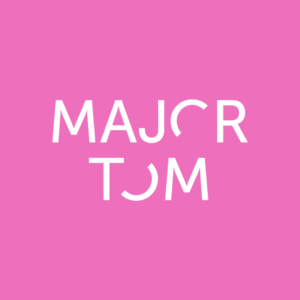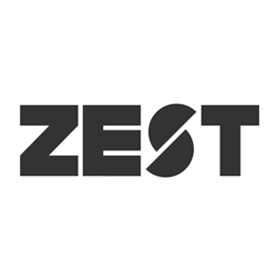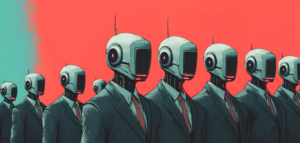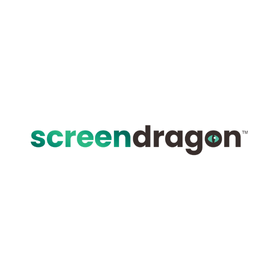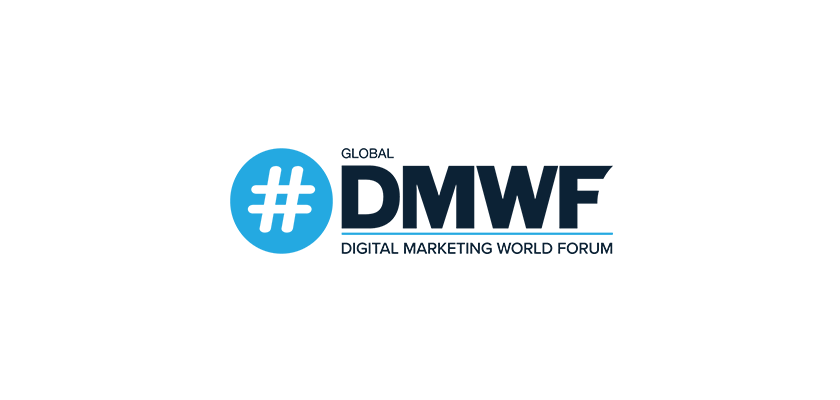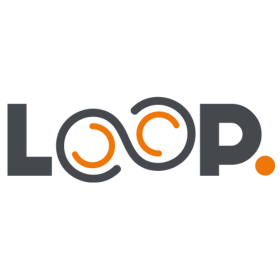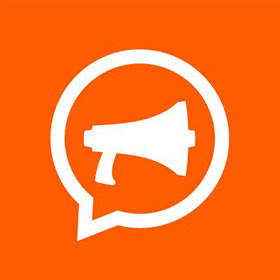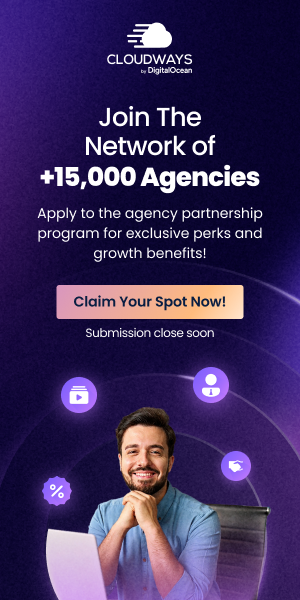
Digital Agency Productivity Tips: Do More in Less Time
Being productive isn’t a luxury in the space of a digital marketing agency—it’s a necessity. As the old saying goes, time is money, and in the digital world, it might just be the most valuable currency of all.
So much so that, digital agencies can maintain their competitive edge in an industry characterized by tight deadlines and increasing client demands only with high productivity.
As Jason Fried, co-founder of Basecamp, famously said, “Productivity isn’t about doing more things faster. It’s about doing fewer things better.”
In that blog, we will discover digital agency productivity tips and find out how agencies optimize their workflows. Keep reading!
What’s Inside
- What Does It Mean to Be Productive? [Digital Agency Edition]
- 5 Tips for Agency Productivity (Quick & Easy)
- Encourage Remote Work Flexibility
- Use Automation Tools as a Productivity Booster
- Sync Agency Data Across Platforms
- Speed up Invoicing and Payments
- Part Ways with Toxic Clients
- Productivity Killers in a Digital Agency
- Toxic Productivity
- Micromanagement
- Toxic Company Culture
- Long & Unproductive Meetings
- Comparison and Criticism Culture
- Toxic Customers
What Does It Mean to Be Productive? [Digital Agency Edition]
Productivity in a digital marketing agency is the efficient and effective conversion of client resources into tangible marketing results. In other (and more basic) words, it’s about maximizing the impact of every hour, dollar, and creative idea.
After trying to provide an exact definition, here is a quick chart showing the productivity breakdown in agencies:
However, while the ideal of productivity is to maximize output and minimize waste, reality often involves a complex interplay of various factors in the digital marketing ecosystem. The reality of productivity in digital agencies is a complex tapestry woven through multiple challenges. Endless revisions, scope creep, and the constant pressure to deliver perfection can significantly hinder progress. Part-done work, often due to shifting priorities or resource constraints, further exacerbates the issue. Excessive client meetings, while essential for building relationships, can also disrupt workflows.
Now, let us stop discussing the challenges and focus on tips for agency productivity!
5 Tips for Agency Productivity (Quick & Easy)
Even the most well-organized teams can easily become overwhelmed by juggling numerous clients, strict deadlines, and creative demands. It is crucial to maintain high standards of quality and productivity in addition to implementing a robust Agency SOP to succeed in this field. Now is the time to learn how to do it.
Encourage Remote Work Flexibility
Even though it seems a twist, remote work, when managed well, can be beneficial for both employees and employers, promoting a better work-life balance while maintaining or even increasing productivity.
According to Buffer’s 2023 State of Remote Work survey, many employees find that remote work facilitates certain activities better than in-office work. Specifically, 70% of respondents mentioned that remote work is conducive to focused work. Additionally, 65% found managing stress easier while working remotely, which could be attributed to a more comfortable, personalized environment and the absence of a daily commute. And, 50% of the respondents reported that avoiding distractions was easier when working from home, likely due to a controlled environment.
We also know that 90% of employees say remote work positively impacts their physical health. And, yes, all of these are true for digital marketing agency HR processes and translate into “productivity.”
Use Automation Tools as a Productivity Booster
No need to say that digital agencies are where managing multiple clients and projects is the norm. So, while automation tools are not a complete solution for time management challenges, they can significantly enhance your ability to track tasks and simplify processes.
For digital agencies with huge teams, both project management software – a home truth. It allows you to schedule tasks, monitor workloads, and track progress toward the completion of long-term projects. In addition to using team management tools, simple task reminder apps like Apple’s Reminders or Google Tasks can be set to notify you about upcoming project deadlines or regular checks, such as weekly reviews of PPC accounts or client report due dates.
As for social media agencies (or those providing social media services), using tools like publicly shared calendars can help block out time for focused work on key projects. This practice helps prevent the addition of new meetings and keeps you accountable for your own time.
Using task automation & project management tools for specific tasks is another good call in case you’re looking for productivity tips. For instance, for SEO specialists, tools like site crawlers and backlink checkers can automate the data-gathering process. Similarly, PPC managers & performance managers might find tools like Excel and AdWords Editor useful for assembling bulk ad copy quickly.
Before jumping into the next section, we recommend you check out our list of the best productivity management tools.
Sync Agency Data Across Platforms
When it comes to maintaining consistency and accessibility of information across various platforms by a digital agency, syncing data works well.
Syncing data across apps ensures that every team member of your agency has access to the most current information. In addition to ensuring everyone is on the same page, that kind of move also streamlines processes like sales, marketing campaigns, and customer support.
Furthermore, there is no longer any need to manually update information in several locations when contact data is synchronized across platforms.
Speed up Invoicing and Payments
You may be wondering how finance-related issues can impact agency productivity, here is the answer:
By simplifying financial procedures, automated invoicing and payment systems facilitate a quicker transaction cycle and minimize errors, which in turn speeds up the financial process and improves cash flow management. This efficiency allows agencies to handle a higher volume of transactions without a corresponding increase in errors or staff workload, ultimately supporting business scalability and growth.
Additionally, the integration of these systems with other business software ensures that data across platforms is synchronized, reducing discrepancies and providing real-time insights that improve operational efficiency.
Part Ways with Toxic Clients
In our recent blog, we highlighted how important it is to fire a bad client without burning bridges. In our blog, we discovered that firing a client is sometimes necessary to maintain the health and integrity of your business, even though it’s not an easy decision.
As you already know, toxic clients often drain energy and morale with their unreasonable demands, late payments, micromanagement, or disrespectful behavior. This can lead to increased stress and burnout among team members. And they can hinder the agency’s ability to take on new, more profitable projects because they consume too much time and energy. By discontinuing these relationships, agencies can pursue new opportunities that promise better returns and are more strategically beneficial.
So, agencies may want to weigh the pros and cons and consider such steps as part of their broader business strategy to ensure long-term success and stability.
At that point, you may want to learn more about productivity hacks; we recommend checking out the following video:
Productivity Killers in a Digital Agency
Actually, the most crucial tip is identifying productivity killers in your working environment.
From internal challenges like inefficient workflows and employee burnout to external pressures like demanding clients and unexpected project changes, these productivity killers can significantly impact an agency’s bottom line.
Toxic Productivity
Toxic productivity is actually the term we always confuse with being a “workaholic.”
In the simplest terms, toxic productivity is the unhealthy obsession with being constantly productive, often at the expense of mental, physical, and emotional well-being. It’s the idea that you should always be doing something, even if it means sacrificing rest, relationships, family & friends, or hobbies.
As we mentioned before, digital marketing companies, characterized by fast-paced environments, tight deadlines, and a constant demand for innovation, are particularly susceptible to the pitfalls of toxic productivity. While the initial instinct of managers might be that pushing employees harder leads to increased output, the reality is quite different. Toxic productivity in digital agencies can severely hinder overall productivity and creativity.
So much so that, burnout, decreased quality of work, and stagnant creativity are just some of the consequences of toxic productivity.
In case you want to know more about the term toxic productivity and find out how to counteract it, you may want to check out the following video:
Micromanagement
The second productivity killer is a behavior that some digital agency owners or managers embrace knowingly or unknowingly.
As you already know, this is a management style characterized by excessive control and oversight of employees’ work. While it might seem like a way to ensure tasks are completed correctly, it often has the opposite effect.
No need to say that excessive control stifles creativity, reduces employee morale, and hinders autonomy. Effective management involves clear communication, regular check-ins, and delegation.
Toxic Company Culture
Toxic company culture, the silent killer of productivity in digital agencies, can greatly decimate morale and output.
A study by the American Psychological Association revealed that job stress costs U.S. businesses an estimated $300 billion annually in lost productivity. Moreover, a toxic culture can lead to a staggering employee turnover rate; high turnover is not only costly but also disruptive to project continuity and client relationships.
Long & Unproductive Meetings
Another productivity killer is “something” that one and every digital agency member has faced at least once in their careers.
Sad but true, long meetings – both in person and through video conferencing – consume valuable hours but also disrupt workflow, stifle creativity, and contribute to employee burnout. Harvard Business Review’s article titled “Dear Manager, You’re Holding Too Many Meetings” found that:
Across the 76 companies we surveyed, we found that employee productivity was 71% higher when meetings were reduced by 40%. This is largely because employees felt more empowered and autonomous. Rather than a schedule being the boss, they owned their to-do lists and held themselves accountable, which consequently increased their satisfaction by 52%.
In the said article, the writers claim that one of the possible reasons for setting up long and unproductive meetings is managers’ inability to connect with team members in person.
Without the ability to connect with their team members in person often in the new hybrid workplaces, people newly promoted into management roles feel extra pressure to build connections digitally. They are driven by a desire to be more visible and get buy-in from their teams. It’s easier than ever to stack our days with back-to-back meetings. When we’re working remotely, we don’t have to travel between private meeting rooms. We can pretty much leave one meeting and log into another a minute later.
Comparison and Criticism Culture
Some productivity killers are also the biggest enemies of mental health. Like comparison and criticism culture.
When employees are constantly measured against their peers or past performance, it can cause a climate of fear, anxiety, and unhealthy competition. This environment blocks creativity, as individuals become more focused on avoiding mistakes than taking risks.
To counteract this, agencies must cultivate a culture of constructive feedback, recognition, and support. By focusing on growth, learning, and collaboration, organizations can create a more positive and productive work environment where employees feel valued and empowered to contribute their best.
Toxic Customers
As we mentioned above, toxic customers cost much more than you think when it comes to productivity.
Toxic clients are those who make excessive demands, are consistently dissatisfied, and can create a hostile work environment for the agency team. These clients’ unreasonable expectations can divert resources away from other clients, leading to project delays and decreased overall efficiency. In the worst-case scenario, having to deal with toxic customers can be emotionally draining for employees, contributing to burnout.
So, agencies need to have clear client selection processes and effective strategies for managing difficult clients.


